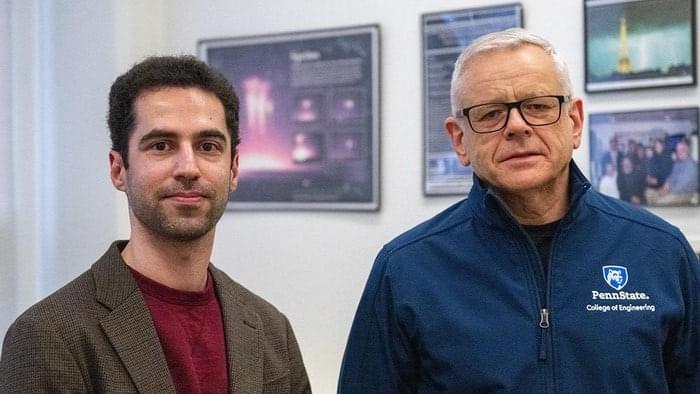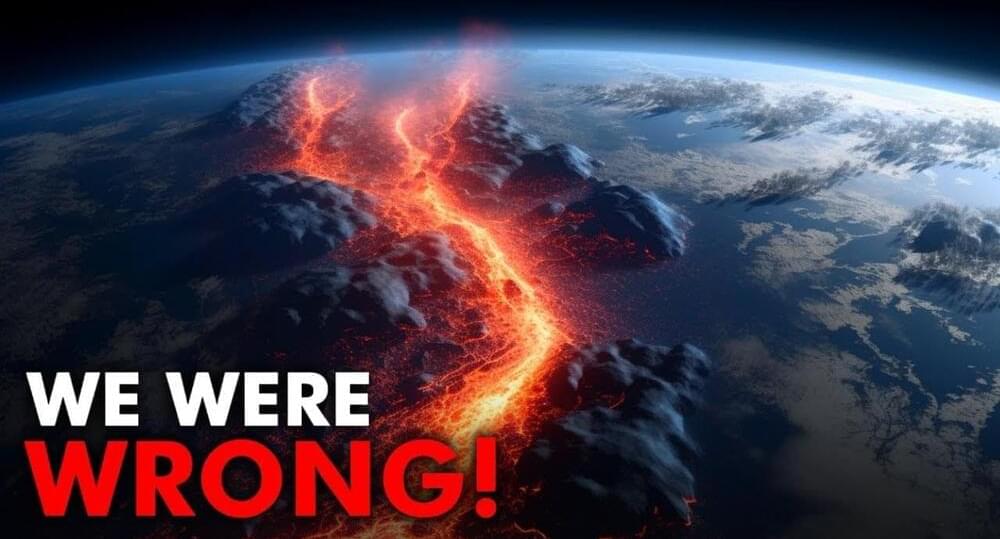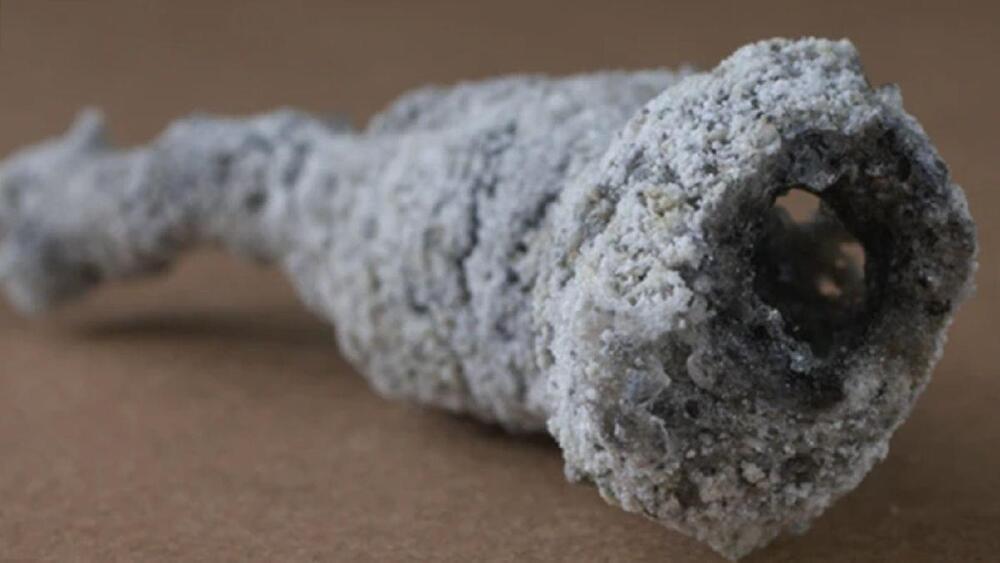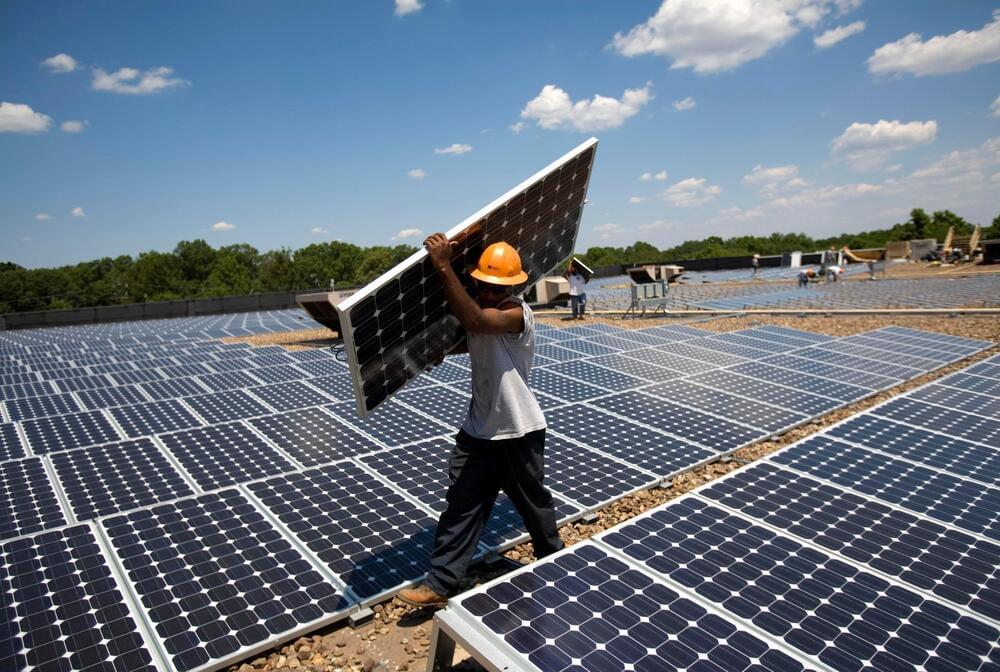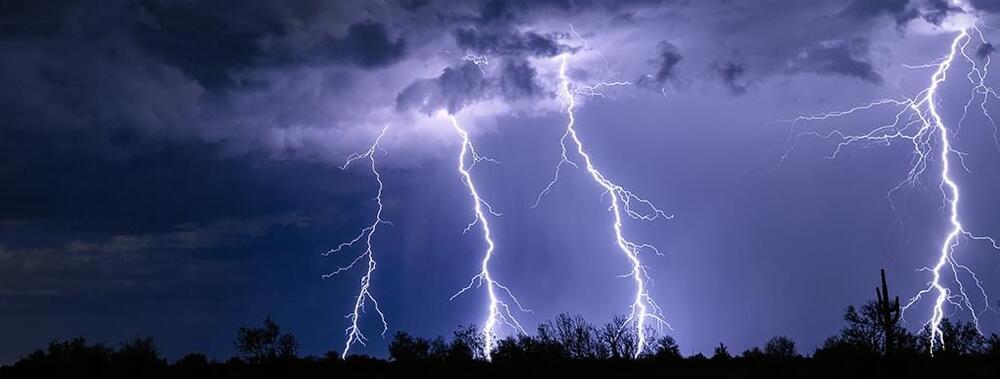May 9, 2023
Top 10 Things You Should Know About Fusion — March 2019
Posted by Shubham Ghosh Roy in categories: climatology, internet, nuclear energy, sustainability
This is really for the general public — and for people new to fusion. I gave a 20 minute talk** to a local group in Pittsburgh. We decided to record the audio, and put it out on the web for other people to enjoy. The top Ten things you should know about fusion are:
10. We have Been Doing It For Years.
9. We Know How To Make It Work.
8. You Can Do Fusion At Home.
7. The US Really Funded Fusion For about 15 year.
6. There Is More Than One Method.
5. Fusion Startups Are Real.
4. We Need A Pipeline.
3. China Is Taking An Interest.
2. Superconductors Are Game Changers.
1. Climate Change Is Not Waiting.
Continue reading “Top 10 Things You Should Know About Fusion — March 2019” »

